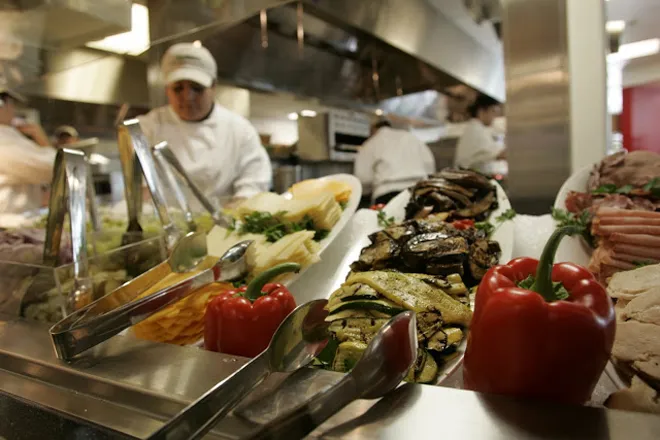Google is endeavoring to decrease its food waste without inconveniencing its employees

Google, like other tech giants in Silicon Valley facing financial uncertainty, has been reducing its workforce since January 2023. Alongside these job cuts, the company is making changes to its elaborate corporate cafeterias, aiming to reduce costs and minimize food waste without diminishing one of the most beloved perks for its employees.
To achieve its food waste goals by 2025—such as cutting waste per employee by half and sending zero food waste to landfills—Google is implementing various strategies. These include offering smaller milk containers and cooking eggs on demand instead of preparing them in advance. These changes are designed to reduce waste while ensuring employees feel satisfied.
With more than 240,000 meals served daily across 386 cafes globally, Google’s foodservice operations are larger than the approximately 360 Cheesecake Factory Inc. locations worldwide. This scale allows Google to experiment with approaches that could be adopted by other foodservice companies to reduce their carbon footprints or lower costs. For example, changes like cooking eggs on demand have already been implemented at hundreds of locations by Compass Group, the foodservice provider working with Google.
Google’s efforts to reduce food waste go beyond operational changes. The company now uses leftovers to create new dishes, sources ingredients like “ugly” produce that would otherwise go to waste, and donates surplus edible food. However, Google must balance these efforts with employee expectations to avoid appearing overly frugal. Despite the company’s efforts, assessing the environmental impact of these initiatives is challenging, as Google does not publicly disclose its food-specific emissions.

